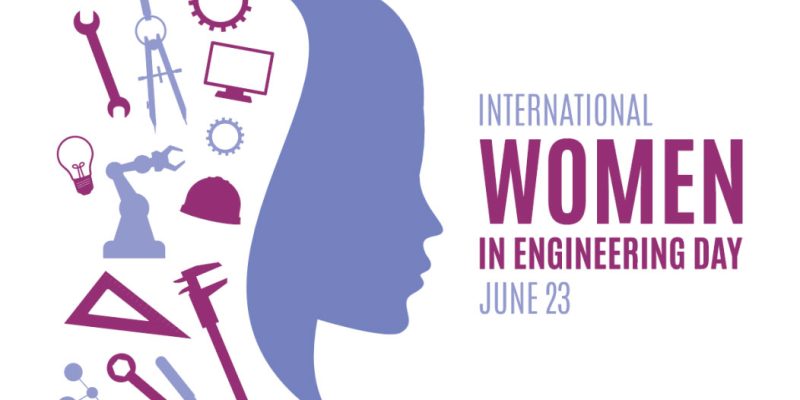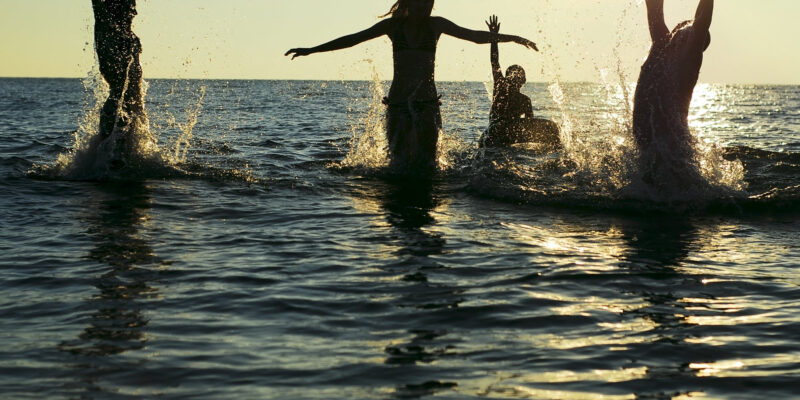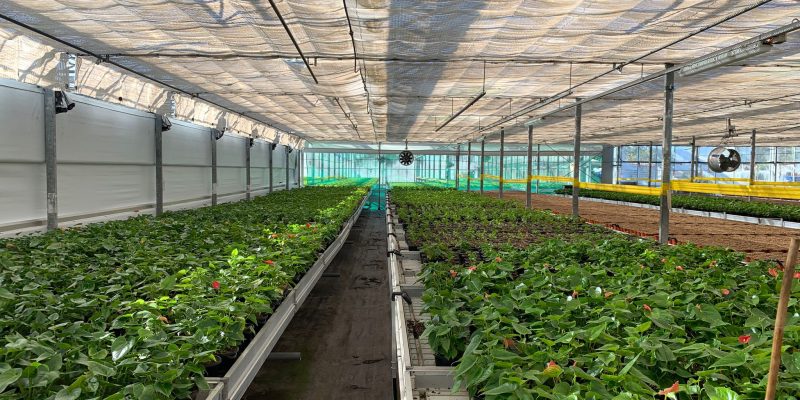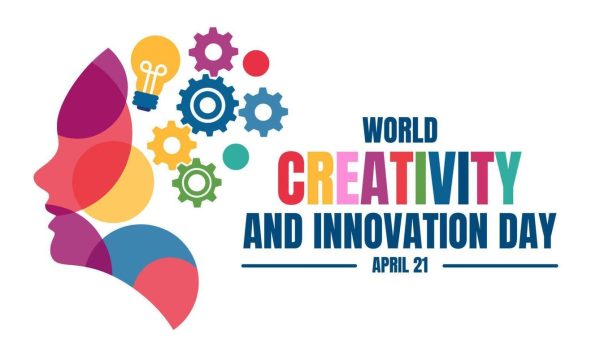
The United Nations World Creativity and Innovation Day is celebrated annually on April 21 to highlight the importance of creativity and innovation in all aspects of human development. Whilst there is no universal understanding of creativity, the concept is open to interpretation from artistic expression to problem-solving in the context of economic, social and sustainable development.
Creativity and innovation fuel economic growth, create jobs and enhance social well-being. But not only that, it encourages us to be bold, think differently, explore and innovate. By fostering creativity, we can develop new solutions to challenges and unlock opportunities for sustainable development.
At Sequana, we believe that it is creative minds who shape innovative ideas or solutions for tomorrow – whether it is analysing global water or environmental trends, coming up with new technologies and mitigating climate threats, we support bold ideas from all areas of our organisation.
In 2023, an Innovation Working Group was created by Chief Engineer, Gary Crisp, Project Manager, Edward McDonald, Engineer Analyst, Callum Brown and Civil Engineer, Suhaib Malkawi, to provide a forum to connect around innovation, stay updated with industry trends, workshop ideas together and arrange presentations from external speakers to share their innovations with the broader team. Topics explored to date include 3D-printed membrane spacers by Osmoflo, AI-driven water testing and monitoring by NatureDot and desalination trends and innovation.
Beyond their roles at Sequana, some of the team are exploring bold ideas and developing innovative solutions as part of their studies or personal passion projects. To celebrate World Creativity and Innovation Day, we spoke to three of our youngest and brightest minds who are transforming ideas into realistic solutions and initiatives.
Dive in below to hear from Civil Engineer, Suhaib Malkawi and Engineering Analysts Aleena Joy and Callum Brown and discover that no bold idea is too small.
Suhaib Malkawi, Civil Engineer
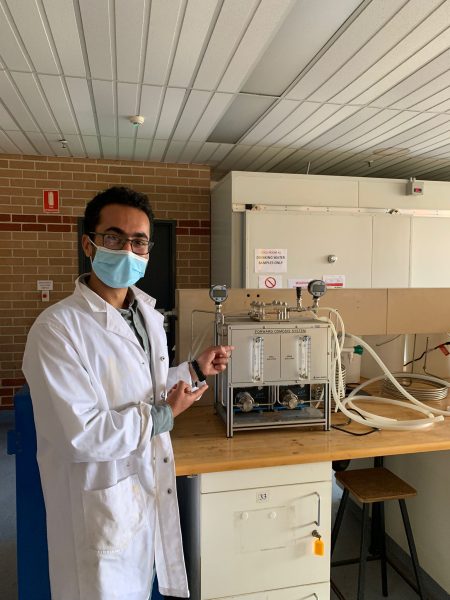
Suhaib Malkawi is a passionate researcher, always challenging the status quo and pushing boundaries to help solve water scarcity thanks to innovative processes. Recently, he was awarded the Australian Government Research Training Stipend Scholarship in recognition of his academic achievements and research quality. While he pauses his lab years, he brings his ingenious curiosity and contagious enthusiasm to Sequana’s Innovation Working Group, where he collaborates with other members to confidently transform big ideas into solutions.
“As a researcher who recently stepped out of the lab, working on practical solutions to real-world water challenges, I found myself drawn to Sequana’s Innovation Working Group. Teaming up with brilliant minds like Project Manager Edward McDonald, Engineer Analyst Callum Brown, and Chief Engineer Gary Crisp, we co-founded this group to bridge the gap between research and market-ready innovations. It’s been an incredible journey.
We’re all about bringing groundbreaking solutions from major companies and startups into real-world applications. For any researcher, taking what you’ve learned about water technology and analysis and merging that with industry innovation is a dream. At Sequana, we host, and interview selected companies with cutting-edge ideas — including DuPont and Osmoflo — covering everything from improved membrane spacers and energy-efficient systems to water process automation, dashboarding, and digital twin technologies for water testing.
Sequana isn’t just a project management firm — it’s a hub where innovative minds can test and validate their ideas alongside a team with deep, international expertise. It’s where university-honed tools meet industry decision-making. Whether it’s planning for future water demands across agriculture, the environment, or hydrogen, or helping startups bring their tech to market, the Innovation Working Group is where ideas come to life.”
Aleena Joy, Engineering Analyst
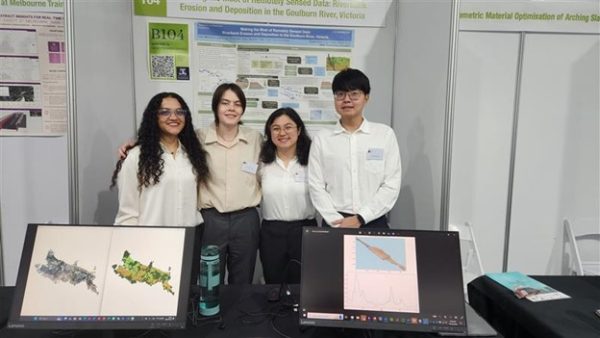
From left to right – Aleena Joy, Meredith Yates, Yuan-Yuan Kuo Gálvez, Billy Hsiao
Like her last name, Aleena is a bundle of joy with a brilliant way of thinking. Conscious of the harmful effects that global warming has on nature, she dedicated her latest university research project to reinvigorating river geomorphology monitoring thanks to a better use of data and AI. Alongside her university colleagues Meredith Yates, Yuan-Yuan Kuo Gálvez, and Billy Hsiao, together they developed a solution to tackle riverbank erosion.
In October 2024, her team’s project won a Telstra award for ‘Data, AI and Insights Excellence’. There were 115 projects entered, most of which used AI to create solutions for different problems.
At Sequana, Aleena applies this strategic and innovative thinking to help with water and environmental-related projects.
“Riverbank erosion is a silent crisis threatening ecosystems and communities worldwide. For decades, river geomorphology monitoring has been done using manual methods like erosion pins. Furthermore, erosion control methods such as concrete or cement structures and synthetic erosion control fabrics can be carbon intensive. There has been a recent shift in monitoring the health of rivers using GIS and LiDAR which are much less carbon-intense methods, however, this shift has not been reflected in the prediction of erosion.
My team at university partnered with Streamology Pvt Ltd to resolve this issue which also helps me identify innovative opportunities in my role at Sequana. By transforming high-resolution drone scans into a dynamic erosion prediction model, we’ve unlocked nature’s hidden patterns, predicting where rivers will carve into their banks. Unlike traditional methods that rely on heavy machinery or invasive surveys, our approach slashes carbon emissions while safeguarding fragile waterways.
This innovation aligns with the UN’s Sustainable Development Goals (SDGs) by forces of AI with forces of the environment, proving that the future of nature conservation isn’t just about working against human activities, but redefining how our actions can coexist with nature. By turning data into actionable insights, we are not just preventing erosion; we can protect our most vital resource: water and the ecosystems.”
Callum Brown, Engineering Analyst
For Engineering Analyst, Callum Brown, creativity has always been a fundamental part of who he is. While his day-to-day life as a software engineer calls upon his analytical and logical thinking, he has always harboured a passion for art – a contrast that fuels his desire to explore the intersection of two seemingly opposite worlds. This led him to embark on an ambitious project: repurpose the genetic algorithm to recreate famous works of art, stroke by stroke.
“I’ve always been drawn to the idea that art and technology can coexist. Art isn’t just about expression; it’s about process, patterns, and problem-solving. Software engineering, in its own way, mirrors those qualities. The beauty of genetic algorithms is their versatility. The same principles that allow my algorithm to recreate a painting could be applied to designing a robotic arm that adapts to a specific task or even optimising traffic flow in a busy city. The challenge lies in creating a complex enough environment for the algorithm to operate in – something that reflects the nuances of real-world problems.
The ultimate goal is for the algorithm to refine itself over successive generations, producing an image that closely resembles a target painting. The concept mirrors how evolution works in the natural world. It’s like a rainforest filled with camouflaging caterpillars. The better a caterpillar blends into its environment, the more likely it is to survive and reproduce, passing on its characteristics to the next generation. Over time, you get an entire population of caterpillars that are perfectly adapted to their surroundings. And with each generation of caterpillars, the canvas moves closer to recreating the original artwork, pixel by pixel.
Art and coding are both about building something from nothing. With art, it’s about translating your vision into a tangible form. With coding, it’s about solving problems and creating systems. This project was my way of showing that the two can complement each other beautifully.”
Supporting future leaders and fostering a thriving environment where growth is supported by genuine mentorship and realistic career paths is central to our employee experience at Sequana. We are passionate about making a meaningful impact and developing our people and to support and nurture our exceptional individuals, we developed the Sequana Academy which offers targeted and comprehensive training based on specific needs, along with a mentorship program to drive personal and professional growth.
Through our Graduate and Internship Program, Sequana provides hands-on industry experience to enable motivated and passionate individuals to realise their potential and make a lasting impact. Aleena and Callum both started their journey at Sequana through the program and have gone from strength, continuing to work across many exciting projects in the water, environment and energy sectors and making incredible contributions every day.
If this resonates with you, dive in and start your own journey by applying for one of our live roles or to be part of Sequana’s Graduate and Internship Program by sending your application to recruitment@sequana.co
